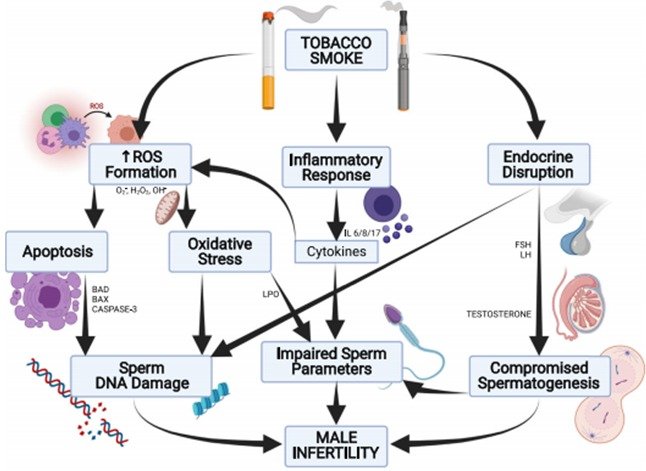Radiological Study on Smoke and Smokeless Tobacco: A Concise Review on Health Impacts Assessment
Keywords:
Smoke & Smokeless Tobacco, Radiological Hazards, and RadioactivityAbstract
Smokers and users of smokeless tobacco are at risk for fatal illnesses. These could be brought on by the quantity of radioactive, carcinogenic, and harmful to living things, radioactive isotopes from the decay chain of uranium and thorium present. An extensive assessment of the health effects on users was deemed necessary due to the rising intake of both smoke and smokeless tobacco. Particularly, the use of smokeless tobacco has grown significantly as a result of its widespread availability and the false perception that it is less harmful than smoking. The epidemic of tobacco smoking in its many forms has been a serious worldwide health problem with far-reaching effects, and its myriad harmful effects on health have long been documented. In this study, radiological consequences of smoke and smokeless tobacco were researched in the literature for publications up to 2022. Research Gate, Pub Med, and Google Scholar are a few of the literature databases that were searched. The World Health Organization estimates that tobacco-related diseases caused over 8 million deaths in 2017 alone, and if current trends continue, it predicts that this number would rise to about 1 billion in the 21st century. Numerous studies have demonstrated a strong link between tobacco use and debilitating diseases like cancer, insulin resistance, hypertension, acute respiratory sickness, osteoporosis, etc. Increasing amounts of evidence, albeit still sparse, point to its potential role in negatively influencing reproductive capacity and outcomes in women of reproductive age. This article offers a current assessment of the literature on the harmful effects of smoking and using smokeless tobacco on both male and female reproductive health as well as the detrimental impacts on the unborn child. Data now available points to a connection between chronic tobacco use and ovarian shape and function deterioration, oocyte quality, hormonal disruptions, fetal development, and long-term health impacts on the fetus, the risks of smoke and smokeless tobacco products may be better understood as a result of a greater understanding of these issues. Most of the collected data showed that smoke and smokeless tobacco both had increased radioactivity.


